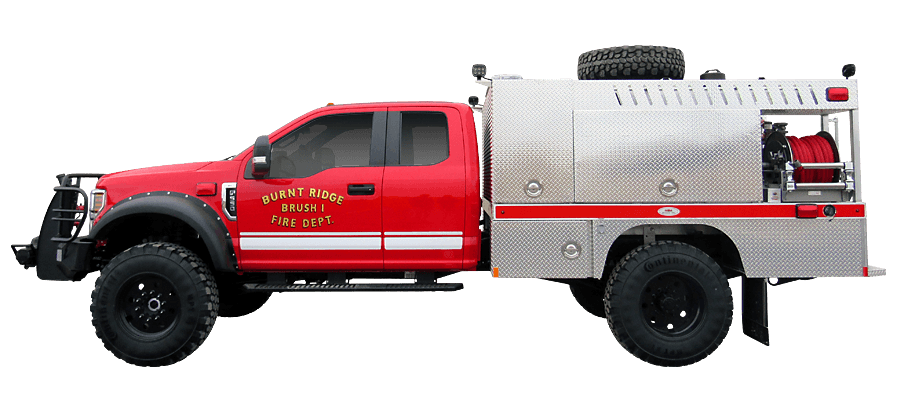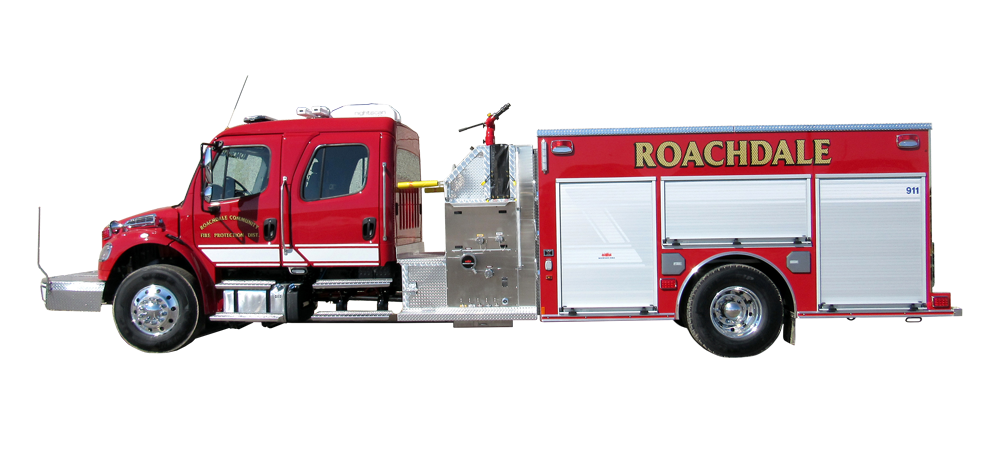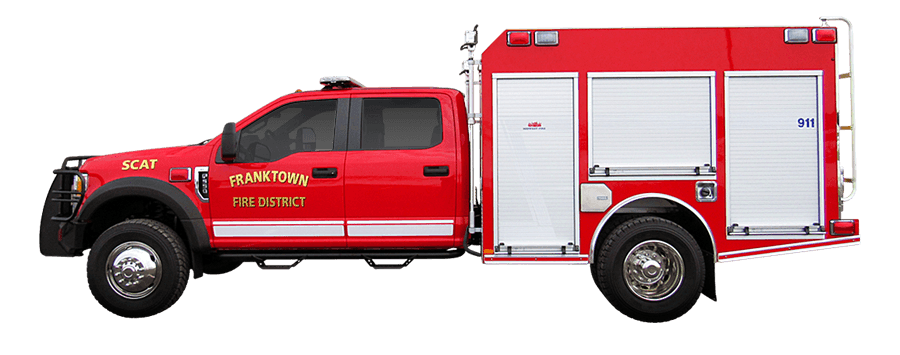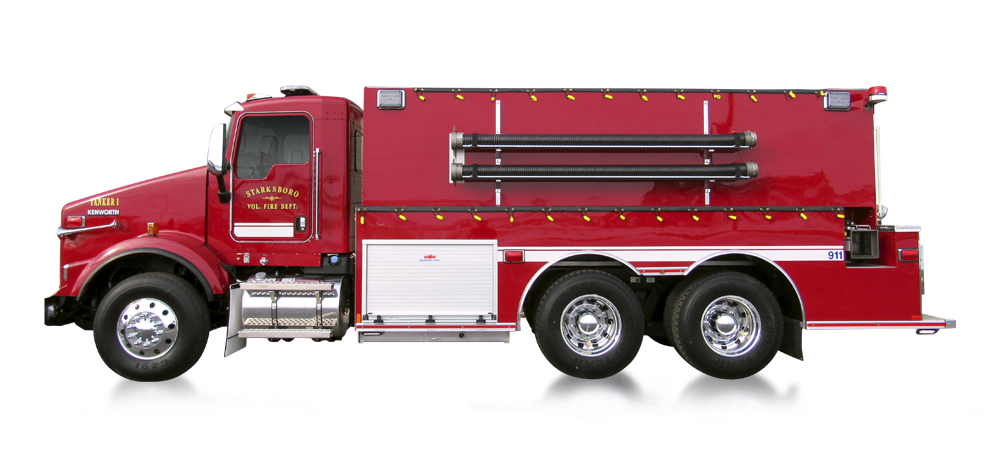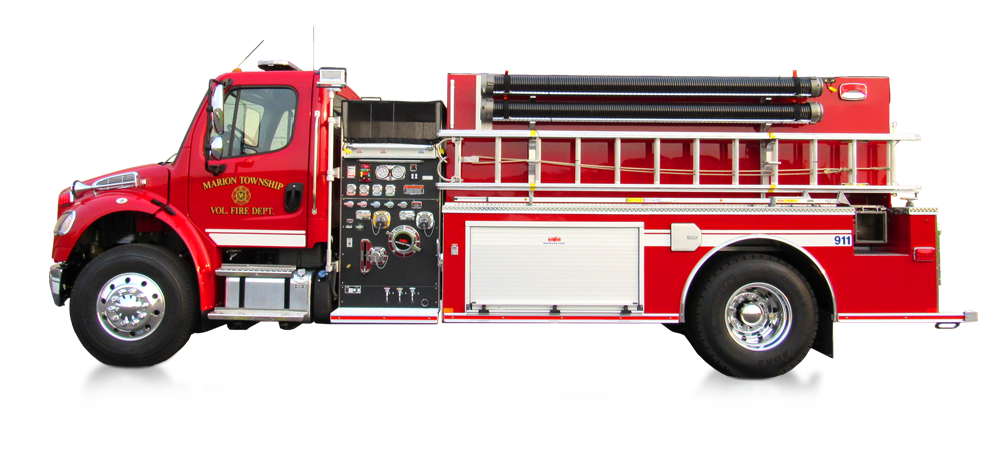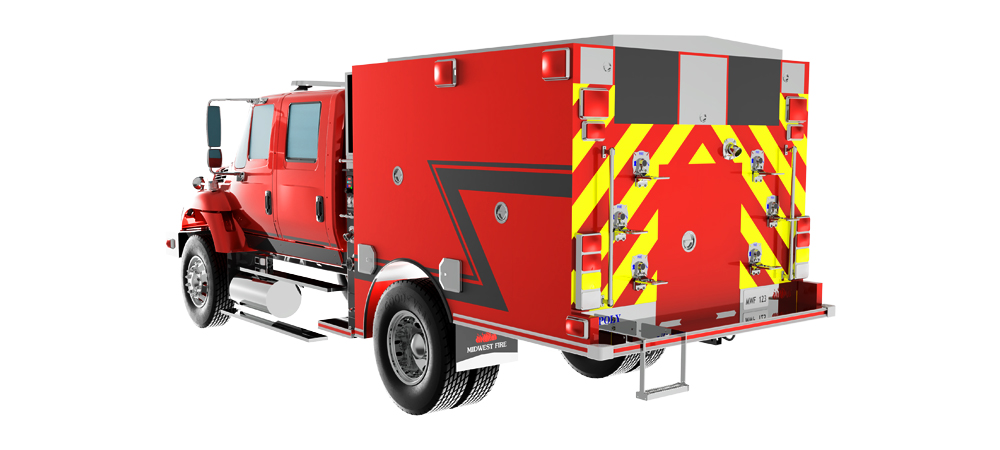Use it or Lose it: Don’s Best Tips for Fire Truck Maintenance
With over 20 years of experience as a service technician at Midwest Fire, I’ve seen my fair share of both routine and unexpected issues arise with fire apparatus.
After a busy summer of brush fires, grill fires, and everything else that can come with the scorching heat, it may be time to give your rig a little TLC. Preventative and proactive maintenance is the name of the game when it comes to fire apparatus. Otherwise, you may be setting your department up for equipment malfunctions, expensive repairs, or possible injuries.
If firefighters led a stagnant lifestyle when off-duty, they may be a bit slow, stiff, and impaired when it really counts. Fire trucks are very similar in this respect: if you don’t keep them operating and moving, they tend to get sluggish. In my experience, there are three key hot spots that can make a big impact on how well your department’s truck functions for your community.
Hot Spot #1: Pump it Up
The worst thing you can do for a truck is let it sit stagnant for long periods of time between calls. This is especially hard on the pump. If you’re part of a rural department or if it’s a slow week or month, I recommend running the pump on the apron at least once a week to get the water moving and keep the key components active and ready.
This applies whether you have a Hale, Darley, Waterous, or other type of pump. The priming system along with the transfer and relief valves should also be operated regularly for good measure.
Hot Spot #2: Flush it Out
If you’re part of a remote department or frequently have to draft water, it’s a good idea to back flush the pump after every draft-water call. For departments that don’t use drafts quite as often, back flushing once a month may be sufficient.
According to Waterous’ website, back flushing of a pump is the process of flushing water through the pump with pressure – either from a hydrant or another pump – into the discharge side of the pump and out of the intake fittings. This process removes any foreign materials that could accumulate inside the pump body and impellers. When the debris remains, there is a greater chance of damage to the impeller and nozzle, which could lead to potentially pricey repairs.
Hot Spot #3: The Bells and Whistles
Nope, we’re not talking about the siren! All the moving mechanisms and storage areas for tools and equipment should be maintained regularly. Between jobs, do a check on sliding and roll up doors, shelves, drawers, and boards. At the first sign of a door that catches or a squeaky hinge, add a lubricant to help restore full usability. All moving components should be quick to access and operate easily when duty calls.
These are a few of the places to focus when it comes to preventative upkeep. If your department needs assistance to create a complete maintenance regime, a complete list of protocol and tips on establishing a checklist and schedule can be found on NFPA’s website. If your department is local, and your apparatus needs maintenance or repair, we would love to assist you and can be reached at 800-344-2059 or info@midwestfire.com.

Don Kalass has invested twenty years providing Midwest Fire customers with top-notch service and repairs. The experience and proficiency he brings allows Midwest Fire to perform numerous routine and unexpected repairs and maintenance items, as well as service all major pump brands.
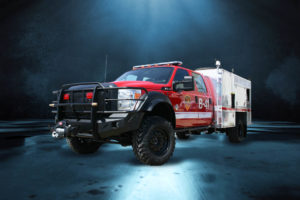 Brush Truck
Brush Truck Pumper
Pumper Quick-Attack
Quick-Attack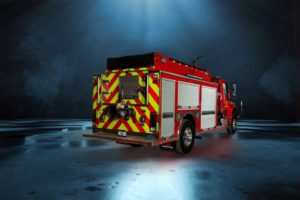 Tanker
Tanker Tanker-Pumper
Tanker-Pumper Type 3
Type 3 Mini Pumper
Mini Pumper